Hey there, teacher friend! Today, I want to talk about a teaching technique that has revolutionized the way I approach teaching human anatomy positions – interactive stations. Trust me, after years of experience in the classroom, I’ve found that incorporating interactive stations into your lessons can truly make a difference. So, grab your lab coats and stethoscopes, because we’re diving into three compelling reasons why you should consider using interactive stations to teach human anatomy positions.
Teaching Human Anatomy Positions
Reason 1: Hands-On Learning that Sticks
Remember when you were a student? The lessons that stood out were the ones where you got to roll up your sleeves and get your hands dirty, right? Well, the same principle applies to today’s students. Interactive stations are like a breath of fresh air in the often-monotonous world of lectures and textbooks. Instead of merely listening to a lecture about human anatomy positions, students get to actively participate in the learning process.
Imagine setting up stations where each one focuses on a specific human anatomy position – supine, prone, lateral, and more. At each station, students can physically manipulate a life-sized anatomical model or even each other (with proper consent and professionalism, of course) to mimic the positions they’re learning about. This hands-on approach allows them to feel the muscles, bones, and joints in action, creating a tactile memory that’s much more likely to stick. When students actively engage with the material, it’s not just the anatomy positions they’re learning – it’s an experience they’ll carry with them long after they’ve left your classroom.
Reason 2: Collaboration and Communication Skills
In the real world, healthcare professionals don’t work in isolation; they’re part of a team that relies on effective communication and collaboration. By incorporating interactive stations into your teaching strategy, you’re not just teaching human anatomy positions; you’re developing essential teamwork skills.
Picture this: students are divided into groups, each assigned to a different interactive station. To truly understand and replicate the anatomy positions, they must work together, discuss the intricacies of each position, and collaborate to get it right. Not only does this encourage communication, but it also mirrors the real-world scenarios they’ll encounter in their future careers.
As a veteran teacher, I’ve seen the magic that happens when students share their insights, ask questions, and help each other out. These interactions not only enhance their understanding of human anatomy positions but also develop their interpersonal skills – a valuable asset in any professional setting. Plus, witnessing your students engage in thoughtful debates and collaborate effectively can be an incredibly rewarding experience that reminds you why you chose this profession in the first place.
Reason 3: Sparking Curiosity through Exploration
Let’s face it – the human body is a masterpiece of complexity. Teaching students about various human anatomy positions can sometimes feel like trying to unravel a mystery. That’s where the power of exploration comes in. Interactive stations provide the perfect opportunity for students to explore the body’s different positions in a self-directed, curious way.
Imagine setting up a station where students have to match bones to their corresponding positions on a skeleton diagram. Or perhaps a station where they manipulate a joint model to understand its range of motion in different positions. By allowing students to engage with the material through exploration, you’re tapping into their innate curiosity and giving them a chance to make their own discoveries.
As a veteran teacher, I’ve found that sparking curiosity is one of the most rewarding aspects of teaching. When students have that “aha” moment as they figure out the intricacies of human anatomy positions on their own, you know you’ve succeeded in igniting a passion for learning. And who knows, you might just inspire the next generation of healthcare professionals to delve deeper into the wonders of the human body.
So there you have it – three compelling reasons why incorporating interactive stations into your human anatomy positions lessons could be a game-changer. By using interactive stations, you’re not just teaching human anatomy positions; you’re developing well-rounded individuals who are ready to tackle the challenges of the healthcare world.
So, let’s embrace innovation, get creative with our teaching approaches, and watch our students thrive as they learn, collaborate, and explore the fascinating world of human anatomy positions. After all, it’s the passion we ignite in them that will make all the difference in their educational journey and beyond.
Don’t forget to grab your FREE COPY of The Ultimate Guide to Engage Students To Learn Anatomy | 7 Secrets To Implement Today

-
Save
I love sharing helpful content with y’all and would love to connect on IG or Facebook. I’m on TikTok too! Follow me and send me a DM with what you need more of because I’m here to help! If you are looking for even more inspiration, find me on Pinterest!
Wanna read more?
5 Fun Ways to Engage Students in High School Anatomy
Awesome & Easy Drawing of the Digestive System for High School Anatomy
Interesting White Blood Cell Count with Differential Project to Assign Your Anatomy Class
Share via:

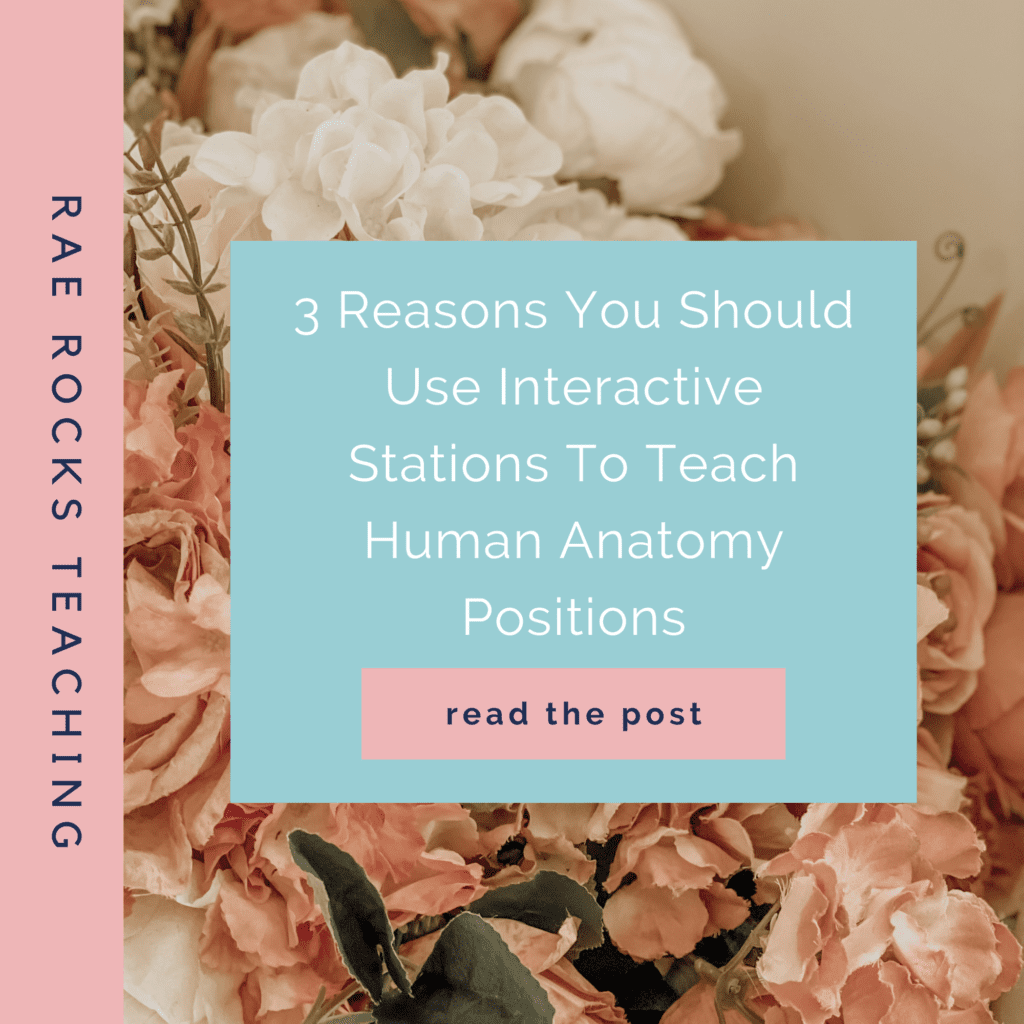
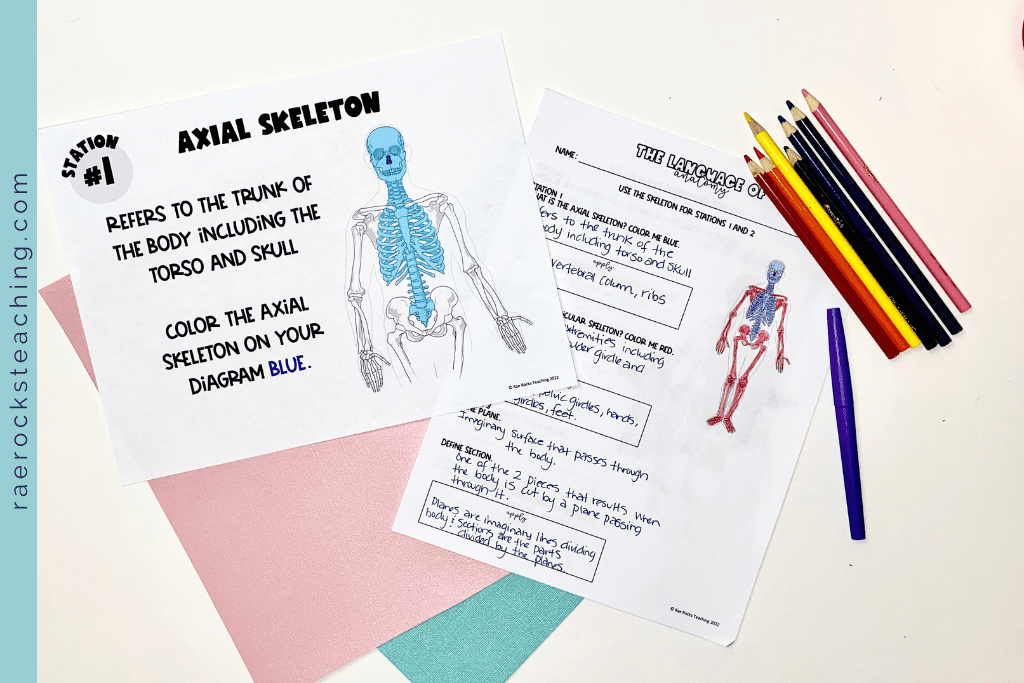
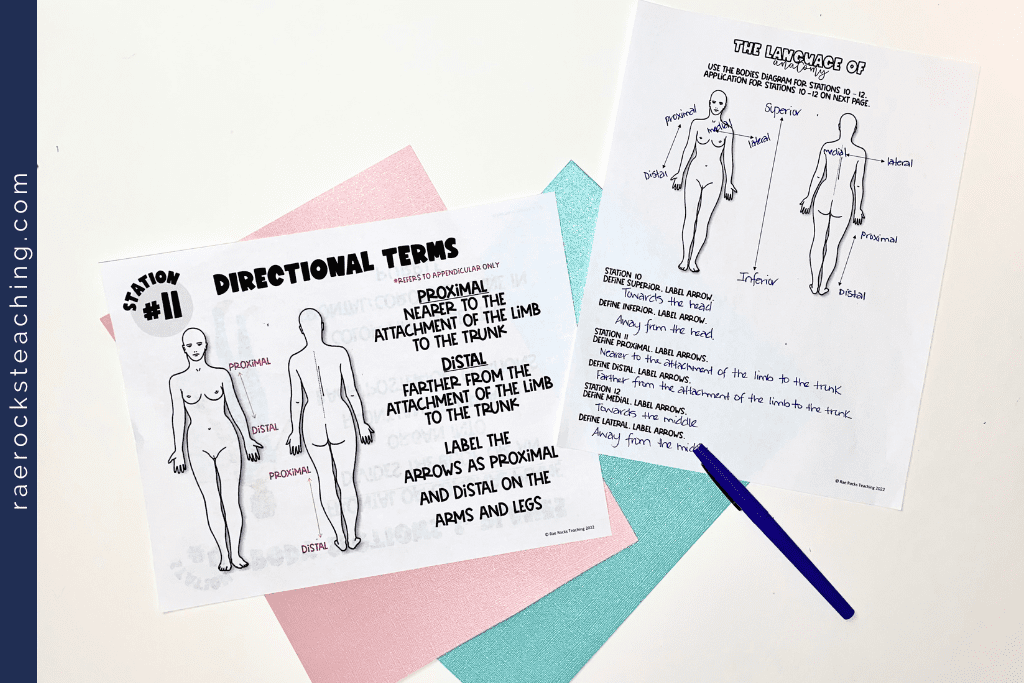
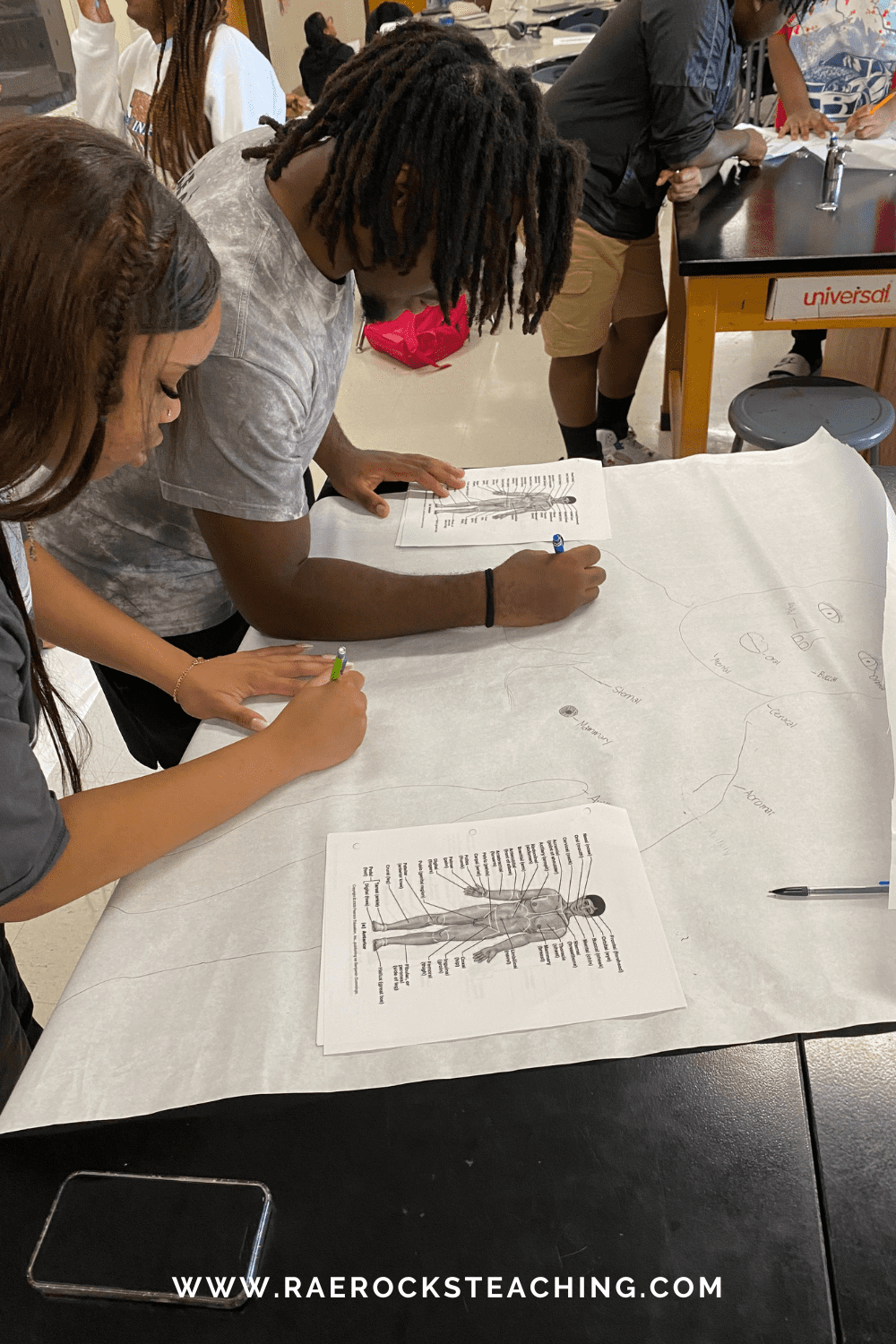
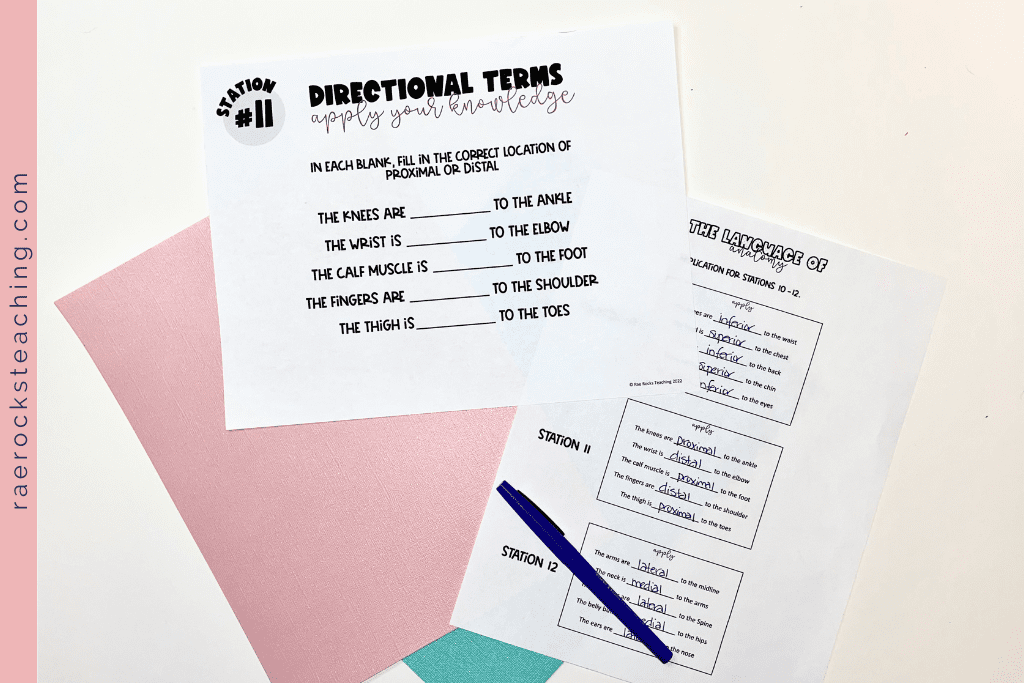







3 Responses